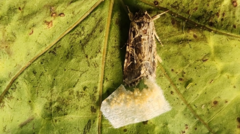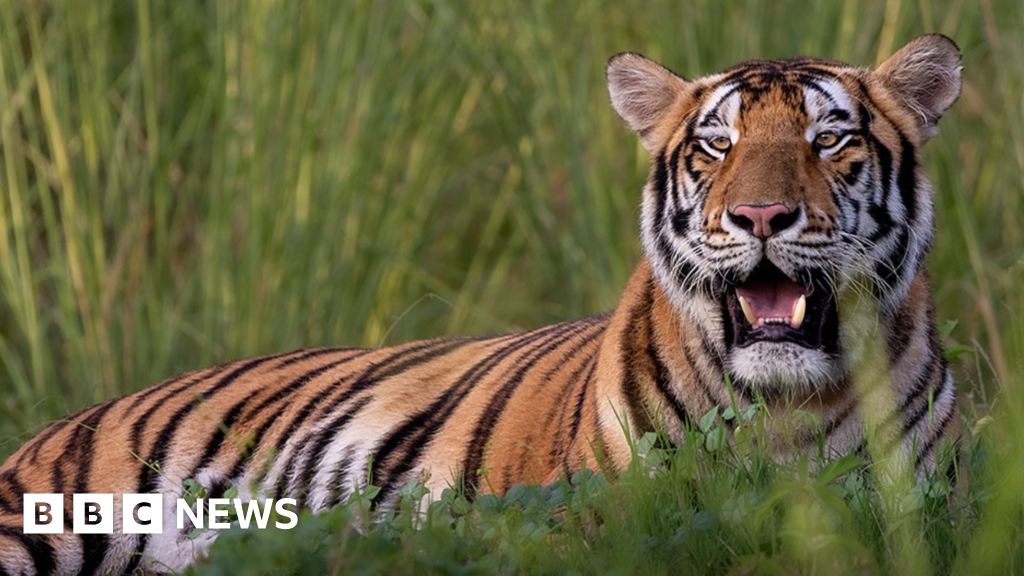In a groundbreaking study, researchers at Tel Aviv University have demonstrated that animals, specifically female moths, react to the distress sounds produced by plants, indicating a possible hidden communication system within ecosystems. The study reveals that the moths avoided laying their eggs on tomato plants when those plants emitted noises linked to stress – a sign of poor health.
This research builds on previous work which illustrated how plants can "scream" in response to being stressed or unhealthy. While humans cannot hear these sounds, many insects, bats, and certain mammals can, suggesting that these sounds play a crucial role in interactions between different species.
“This is the first time we have recorded animals responding to the sounds given off by plants,” said Professor Yossi Yovel from Tel Aviv University. “It may be possible that a range of animals make choices based on the acoustic signals they perceive from plants, impacting their behavior in ways such as pollination or foraging.”
The team conducted a series of controlled experiments ensuring that the moths' responses could be attributed to sound rather than visual cues from the plants themselves. Moving forward, the researchers aim to explore the various sounds made by different plant species and whether these have effects on other animals, potentially influencing decisions related to feeding and habitat selection.
Professor Lilach Hadany also from Tel Aviv University expressed excitement about the potential interconnectedness within the plant kingdom, suggesting that plants may communicate distress signals to each other through sound, prompting adaptive responses like water conservation during droughts.
It's vital to note that while plants exhibit these responses, they are not sentient. The sounds generated result from physical changes caused by environmental stressors.
According to Professor Hadany, this discovery opens the door to a wide array of ecological interactions: “This vast, unexplored field suggests a significant co-evolutionary relationship where both plants and animals adapt to maximize their communication efficiency. If plants can optimize their sound production for survival, and animals enhance their sensory capabilities to receive plant signals, this could fundamentally alter our understanding of ecosystem dynamics.”
This new insight into the interactions between plants and animals was published in the journal eLife, bringing researchers closer to unraveling the complexities of ecological relationships. The study highlights how burgeoning advancements in our knowledge of how life interacts at different levels present opportunities for further exploration in the natural world.
This research builds on previous work which illustrated how plants can "scream" in response to being stressed or unhealthy. While humans cannot hear these sounds, many insects, bats, and certain mammals can, suggesting that these sounds play a crucial role in interactions between different species.
“This is the first time we have recorded animals responding to the sounds given off by plants,” said Professor Yossi Yovel from Tel Aviv University. “It may be possible that a range of animals make choices based on the acoustic signals they perceive from plants, impacting their behavior in ways such as pollination or foraging.”
The team conducted a series of controlled experiments ensuring that the moths' responses could be attributed to sound rather than visual cues from the plants themselves. Moving forward, the researchers aim to explore the various sounds made by different plant species and whether these have effects on other animals, potentially influencing decisions related to feeding and habitat selection.
Professor Lilach Hadany also from Tel Aviv University expressed excitement about the potential interconnectedness within the plant kingdom, suggesting that plants may communicate distress signals to each other through sound, prompting adaptive responses like water conservation during droughts.
It's vital to note that while plants exhibit these responses, they are not sentient. The sounds generated result from physical changes caused by environmental stressors.
According to Professor Hadany, this discovery opens the door to a wide array of ecological interactions: “This vast, unexplored field suggests a significant co-evolutionary relationship where both plants and animals adapt to maximize their communication efficiency. If plants can optimize their sound production for survival, and animals enhance their sensory capabilities to receive plant signals, this could fundamentally alter our understanding of ecosystem dynamics.”
This new insight into the interactions between plants and animals was published in the journal eLife, bringing researchers closer to unraveling the complexities of ecological relationships. The study highlights how burgeoning advancements in our knowledge of how life interacts at different levels present opportunities for further exploration in the natural world.






















